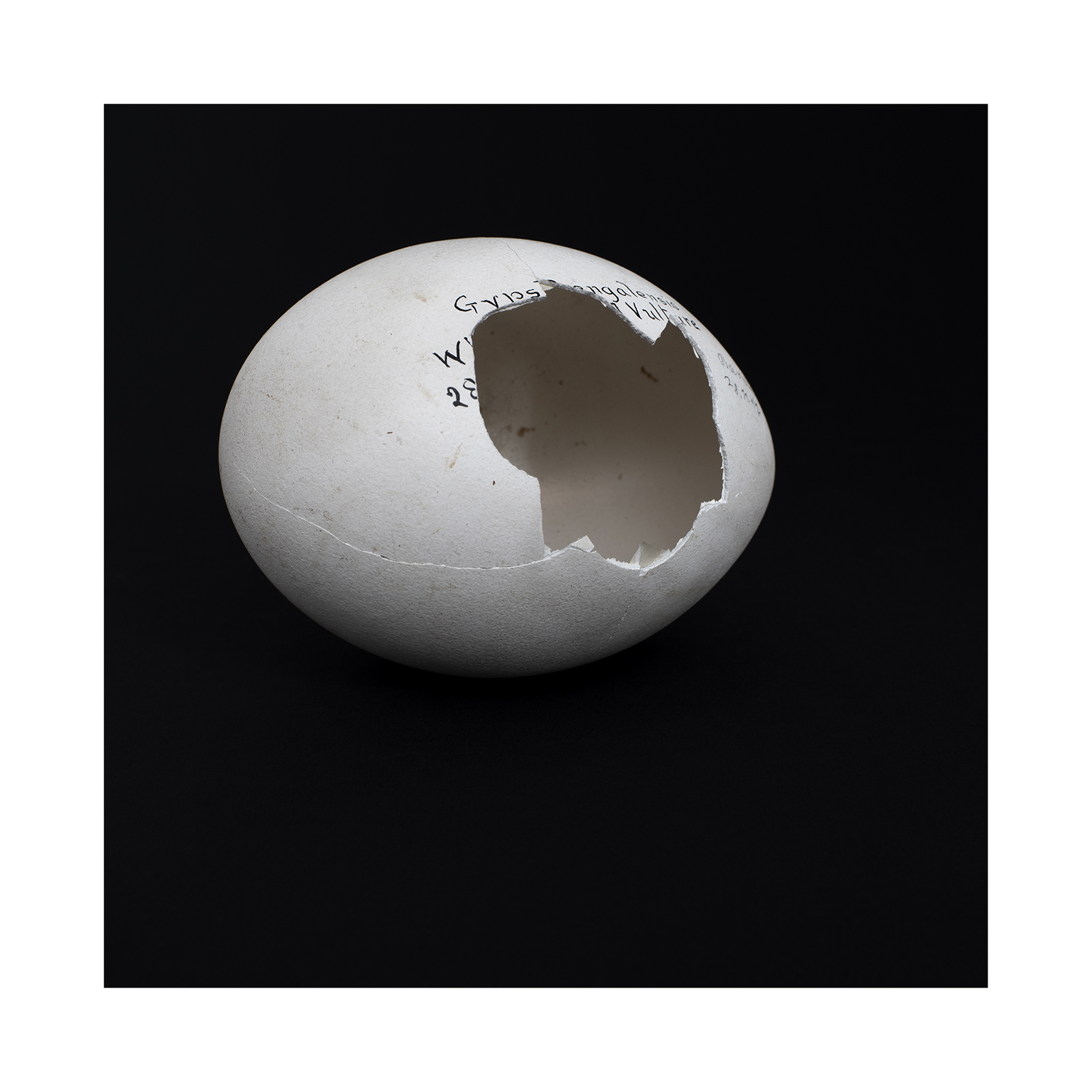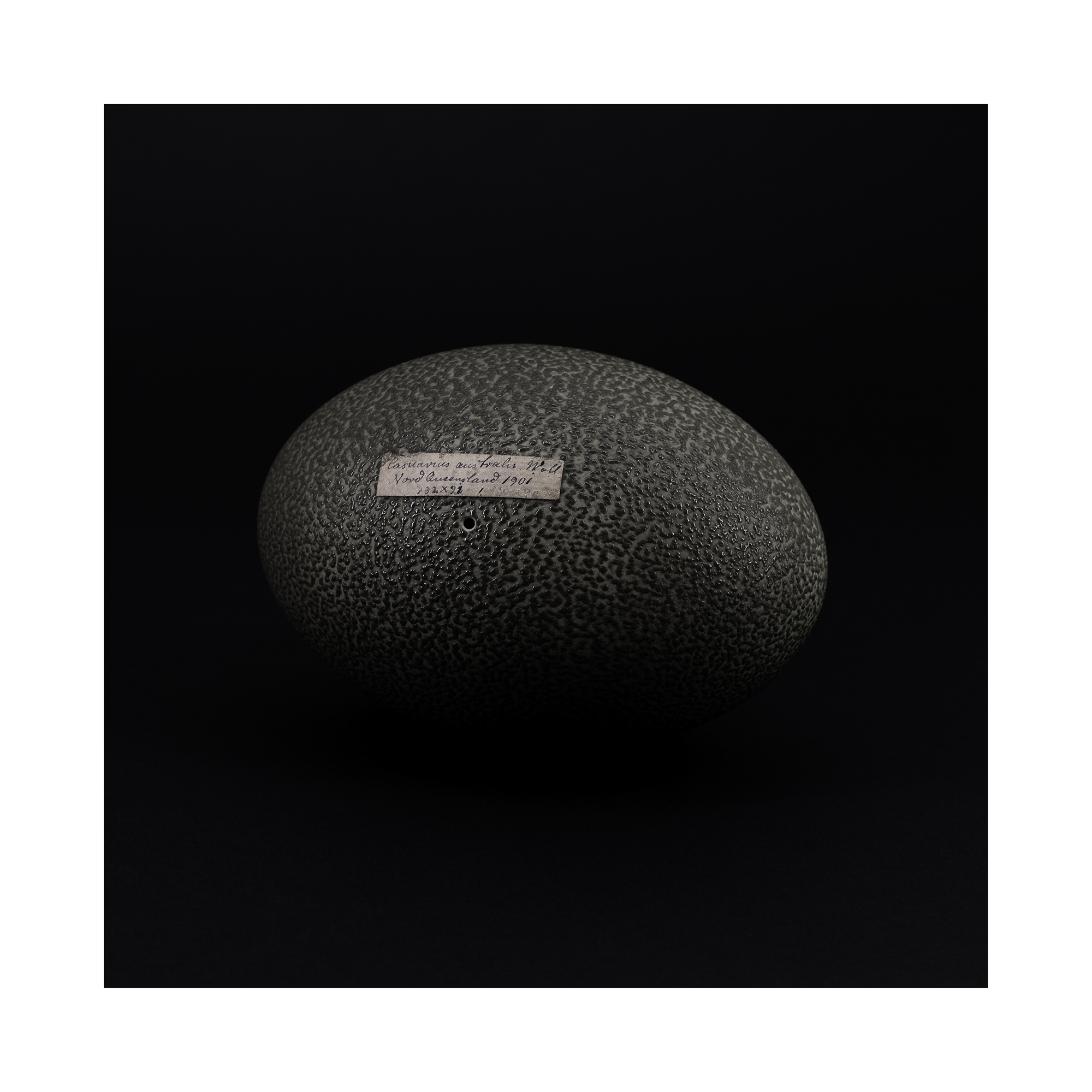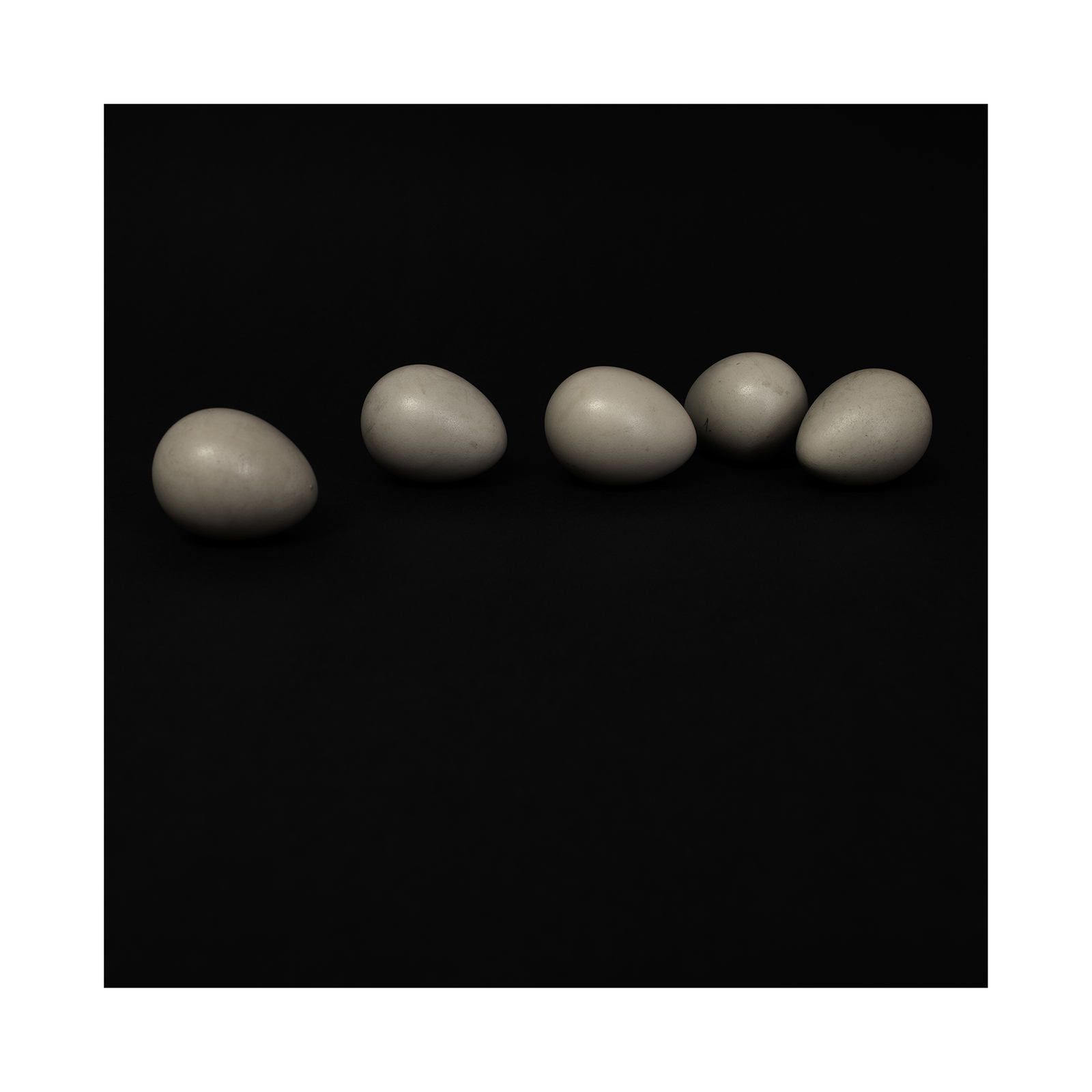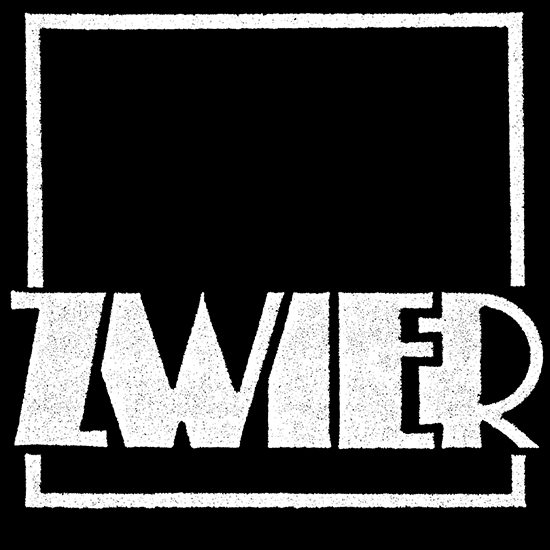

All photos are pigmented fine art prints
Size 34 x 34 cm, edition 5 + 1 AP € 850,- (incl. frame and VAT)
Size 75 x 75 cm, edition 5 + 1 AP € 1800,- (incl. frame and VAT)
Contrast
“That was a terrible time! On the night of 24/25 July, Hamburg was bombed for the first time. My department, the Eppendorf University Hospital, was destroyed, as well as my house in Elise-Averdieckstraße. Everything was destroyed here, my collection and library. […] Now I ended up in a small farming village near Halle, where I put up my wife and little grandson. Now everything is gone, my whole life’s work is destroyed! But I will certainly start again, and it will be built up better than I had before. As a sign that I am ornithologically unbroken, I want to tell you that on my arrival here I immediately examined two nests of Hirundo rustica and found that they were sitting on weakly incubated eggs – per nest with 4 eggs. This is just to show that I am still fully awake.” Moebert to Schönwetter, 4 August 1943
The selected passages from the correspondence provide a highly subjective view of history: events described from the point of view of a group of oologists and ornithologists. It is a reconstruction of the past from this remarkable perspective. The selection of eggs from the collection is similarly subjective: most of the eggs were selected because of they were mentioned in the correspondence: thus creating a link between eggs and history, the drama that resounds from the words of the ornithologists is translated into how the eggs are portrayed.
It is the drama of a world of contrasts, a world of black and white, with little room for nuances. Instead of documenting the eggs in an ‘objective’ way, where they are evenly lit and photographed with a ruler that indicates the size, my approach deviates from this traditional image. The colours of the egg shells, which are very prominent in various bird species, I have strongly reduced in the majority of the eggs. This makes the eggs equivalent to each other, because, similar to the ‘choir of oologists and ornithologists’, I am not concerned with an individual egg and the characteristics of the species, but with a select group of eggs linked to historical narratives. By placing the eggs in a dark environment, they are stripped of any sense of size. The lighting with great contrasts against a dark background also links up with the drama that comes through in the correspondence.


History and Nature
As Hannah Arendt points out, since the Ancient Greek, a distinction has been for centuries made between the linear course of history for humans and the cyclical development of nature: “Men are ‘mortals’ […] for animals exist only as members of their species and not as individuals. The mortality of man lies in the fact that individual life […] with a recognizable life-story from birth to death, rises out of biological life.” [1] For a long time, the idea prevailed that natural laws underlying cyclical development could be discovered through “allegedly absolute objectivity and precision of natural scientists “. [2] Did Schönwetter believe that he could discover the mystery of the egg by means of “absolute objectivity and precision” when he writes:
“The more I study them, the more the conviction grows that from the egg shell there are still many riddles to be solved. […] 200,000 eggs must have been studied and 50,000 of them must have been weighed and examined with a magnifying glass, and many must have been compared over and over again.” (Schönwetter to Von Boxberger, 4. July 1935)
As Arendt points out, the supposed objectivity is now obsolete: “The confusion in the issue of ‘objectivity” was to assume that there could be answers without questions and results independent of a question-asking being.” [3]
Ab ovo
The egg is frequently used as a metaphor for life. The Latin pronunciation Ab ova literally means ‘from the egg’, but is often used in the idiomatic sense of ‘from the very beginning’. Ab ova also stands for a linear narrative method. In my project, the egg becomes a vulnerable metaphor for life and everything that nature brings forth and what is subject to human action.
Although in various passages of the text it seems as if a separation can be made between the events on the world stage and the Kammerspiel in the egg collection, they are inextricably linked. O is about the connection between history and nature, and man’s place in it.
Schönwetter’s egg-collection is part of the Zoological collections of the Martin-Luther-Universität Halle-Wittenberg.
[1] Hannah Arendt, ‘Between Past and Future’, Viking Press 1961, page 42.
[2] Hannah Arendt, ‘Between Past and Future’, Viking Press 1961, page 48.
[3] Hannah Arendt, ‘Between Past and Future’, Viking Press 1961, page 49.


